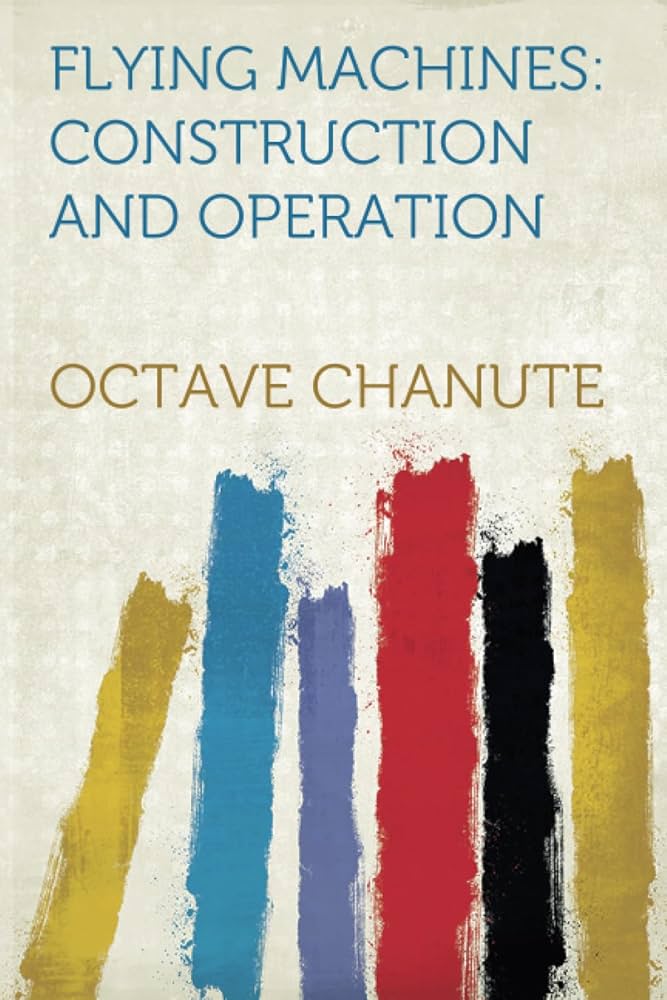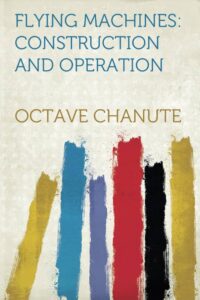Chapter XXII — Flying Machines Construction And Operation
byChapter XXII — Flying Machines Construction And Operation brings forward the insights of F. W. Lanchester, whose lecture to the Royal Society of Arts offered a technical and visionary take on aerial navigation. Rather than viewing flight as purely theoretical, he firmly positioned it within the realm of locomotive engineering, emphasizing performance over possibility. He challenged the viability of vertical flight, especially the helicopter, stating that such machines lacked the energy efficiency necessary for practical transport. Airplanes, he argued, were uniquely capable of achieving the speeds needed to overcome wind resistance, a prerequisite for any reliable aerial journey. According to Lanchester, flying machines had to match or exceed the velocity of strong air currents, not only for range and direction but also for safety and stability. His data-driven approach confirmed that only fixed-wing craft could realistically support long-distance travel with reasonable fuel use.
A central theme of Lanchester’s presentation was that true flight required the aircraft to perform competitively against other modes of transport. He used visual aids to show how even moderate wind speeds could severely limit an aircraft’s effective range if it couldn’t surpass them. This led to his assertion that a minimum flight speed of over 60 miles per hour was essential—high enough to resist gusts and reduce oscillations. Achieving this speed also meant more efficient energy use, less drag, and better flight control. He noted that early aviators such as the Wright brothers and Henri Farman had already demonstrated these capabilities, thereby validating his assertions. This benchmark helped solidify a standard for engineers, marking a shift from experimental to practical aviation. From this foundation, Lanchester built his argument for what future aircraft must prioritize: power, weight balance, and propulsion strategy.
He addressed the significant challenge of balancing engine weight with fuel efficiency. Since range and endurance in flight depend on fuel reserves, engines had to deliver high output while adding minimal mass to the aircraft. Lightweight internal combustion engines were emerging as the solution, provided they offered optimal power-to-weight ratios. Lanchester provided comparative data from various engine manufacturers, showing how engineers were already working toward this balance. He stressed that progress in aviation wasn’t just about airframes or control systems—it relied heavily on propulsion technology. Without this, the gains made in aerodynamics would be irrelevant. Efficient engines meant longer trips, better control, and ultimately safer, more practical aircraft capable of real transportation use.
The section on propulsion delved into propeller efficiency, a topic Lanchester approached with the precision of a marine engineer. He likened aircraft propellers to marine screws, stating both required optimal pitch and placement for maximum thrust with minimal energy loss. Through performance curves and airflow diagrams, he explained how misaligned or improperly pitched propellers could drastically reduce effectiveness. He advocated positioning the propeller at the rear of the aircraft, allowing it to work with, rather than against, the natural airflow around the body. This placement minimized drag and made use of the energy still present in the air wake. His observations contributed to the evolving science of aircraft propulsion, laying groundwork for future rear-engine or pusher-prop configurations. For Lanchester, every design choice had to serve the core goal: efficient, controlled, and economical flight.
To close, Lanchester explored the possibilities of soaring flight—a method that required far less power by exploiting rising air currents. He drew inspiration from the natural world, observing how large birds, such as gulls and condors, could remain aloft for extended periods without flapping. By riding thermals and updrafts near cliffs or warm terrain, they conserved energy and traveled great distances. Lanchester believed man-made flying machines could one day mimic these principles. This idea introduced a new dimension to flight—not just one of engineering but of environmental interaction. It also hinted at the future development of gliders and energy-efficient flight strategies. In his conclusion, Lanchester reminded his audience that flight would only evolve through a union of theoretical insight, mechanical refinement, and natural observation.


